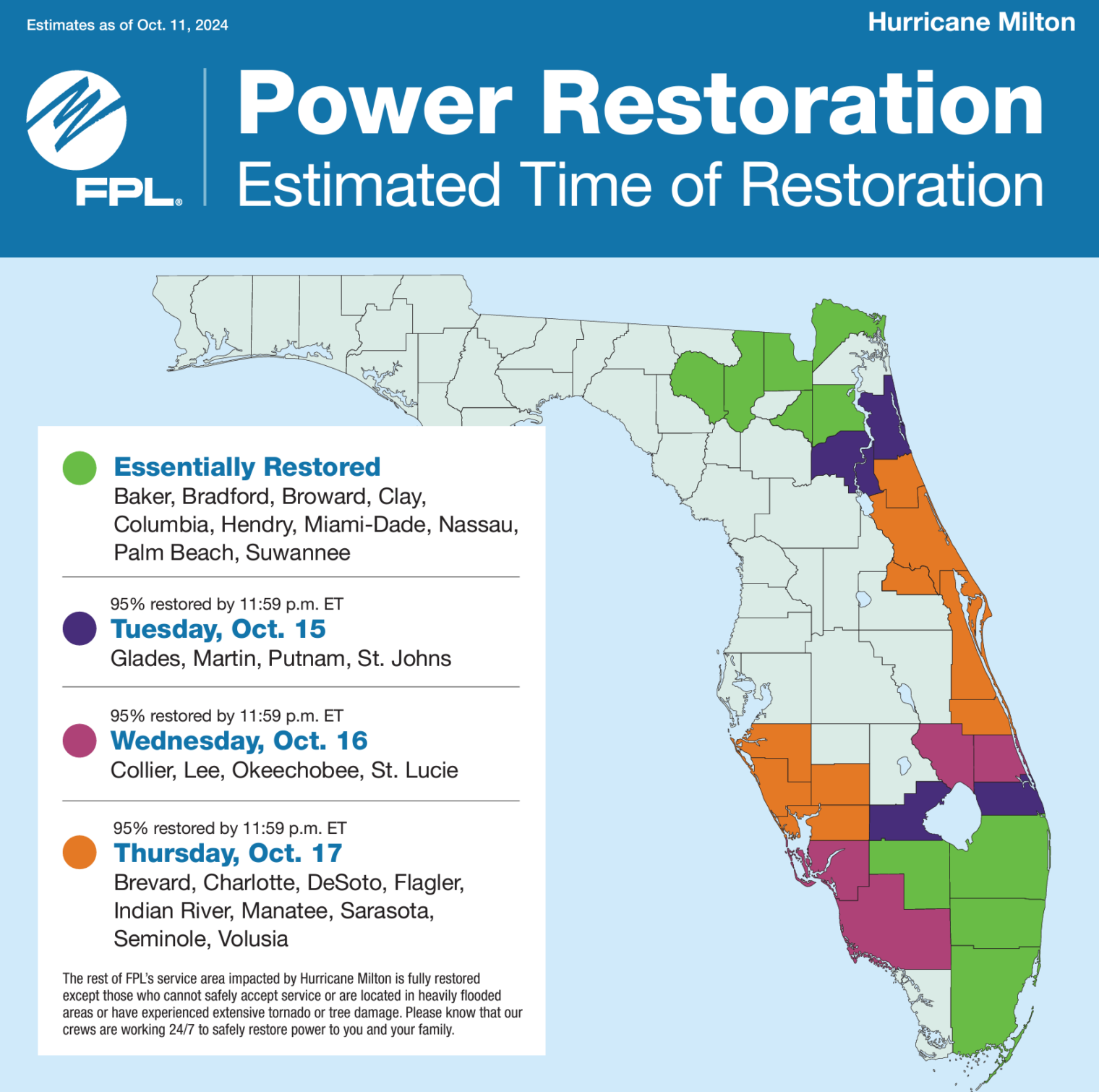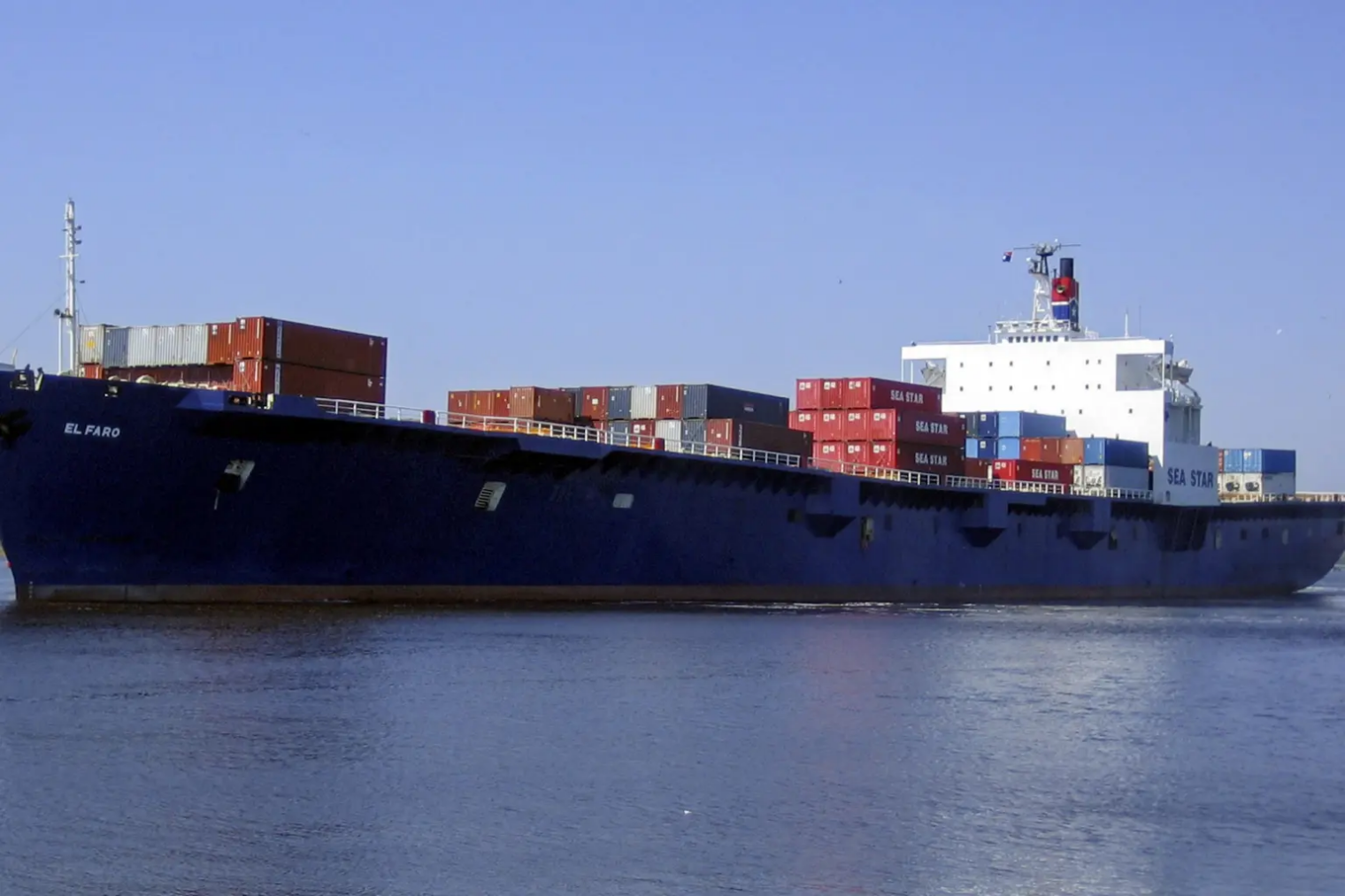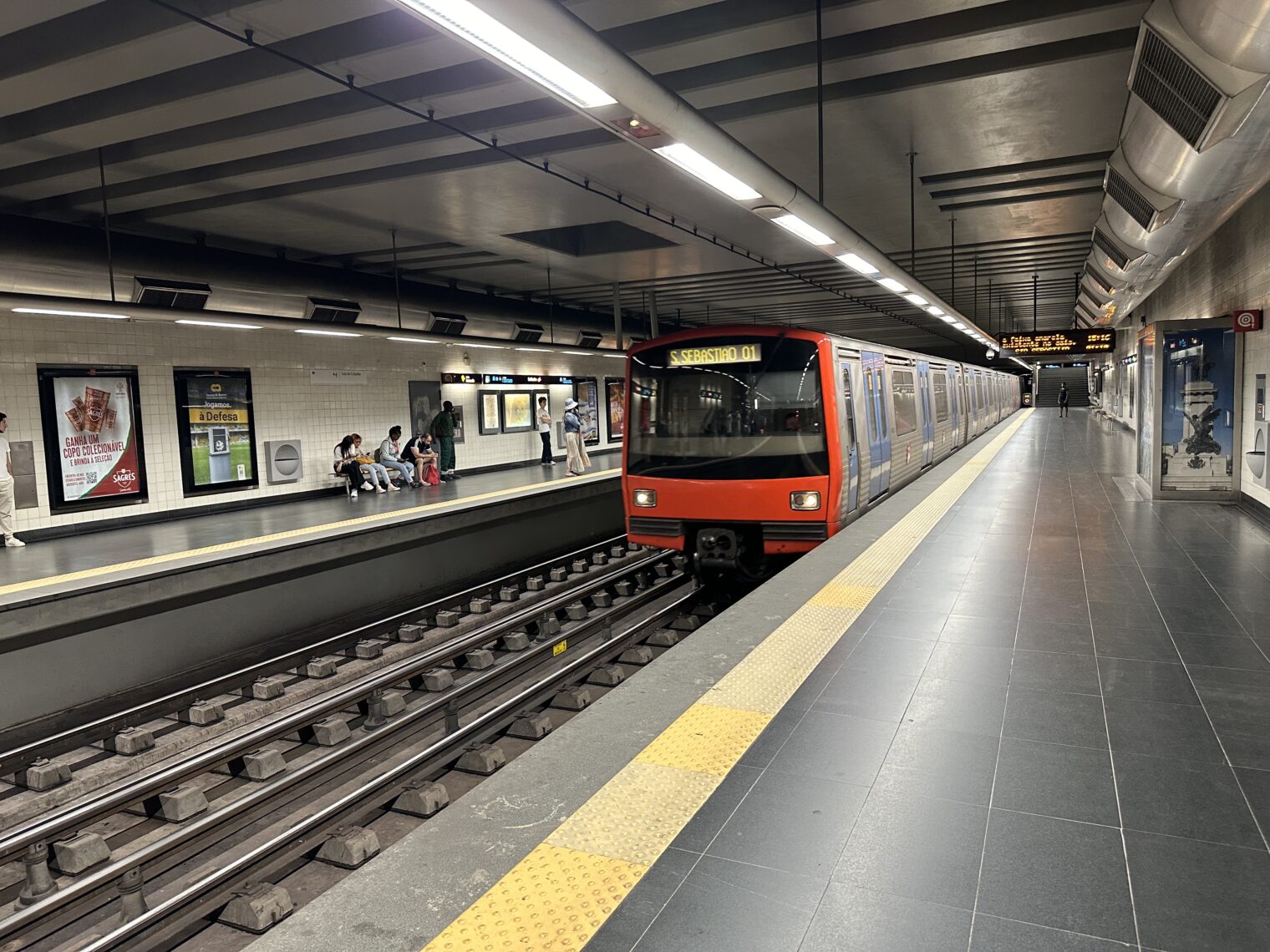Why don’t iPhone and Android incorporate AI for answering phone calls?
The United States managed to destroy the utility of Antonio Meucci‘s invention, the electromagnetic telephone. We did this via a combination of (1) free calling, and (2) failure to authenticate callers. This has enabled half of India and their robots to work as phone scammers.
Why not simply turn off conventional phone calls completely? Health care, banking, and some other essential-for-most-people services still rely on this now-useless technology.
But why can’t the phone itself screen all calls and make phone scamming unprofitable? An AI resident on the phone could put through calls from recognized numbers and silently answer the rest of the calls to see if a legitimate human is on the other end. It should be able to quickly learn to recognize folks offering home renovation, solar panels, final expense insurance, Medicare benefits, etc., from some combination of long wait before caller speaks, Indian accent, saying “the reason of my call” instead of “the reason for my call”, and the use of previous scripted phrases. The AI could be programmed to lead on scambots and the human scammers behind them (“transfer to my senior supervisor”) so that 5-10 minutes of their time is wasted without any personal information being divulged. Answer
It seems as though there are some third party apps vaguely trying to do this, but since answering a phone call is a core function of an iPhone or Android phone, shouldn’t the capability be built directly into the operating system?
“Who’s Making All Those Scam Calls?” (New York Times, January 27, 2021):
Full post, including commentsI flew to India at the end of 2019 hoping to visit some of the call centers that L. had identified as homes for scams. Although he had detected many tech-support scams originating from Delhi, Hyderabad and other Indian cities, L. was convinced that Kolkata — based on the volume of activity he was noticing there — had emerged as a capital of such frauds.
Late in the afternoon the day after I met with Nath, I drove to Garden Reach, a predominantly Muslim and largely poor section in southwest Kolkata on the banks of the Hooghly River. Home to a 137-year-old shipyard, the area includes some of the city’s noted crime hot spots and has a reputation for crime and violence. Based on my experience reporting from Garden Reach in the 1990s, I thought it was probably not wise to venture there alone late at night, even though that was most likely the best time to find scammers at work. I was looking for Shahbaz.









































